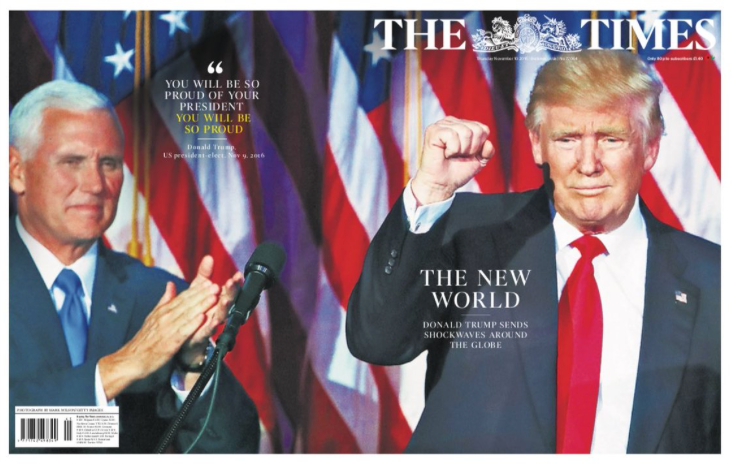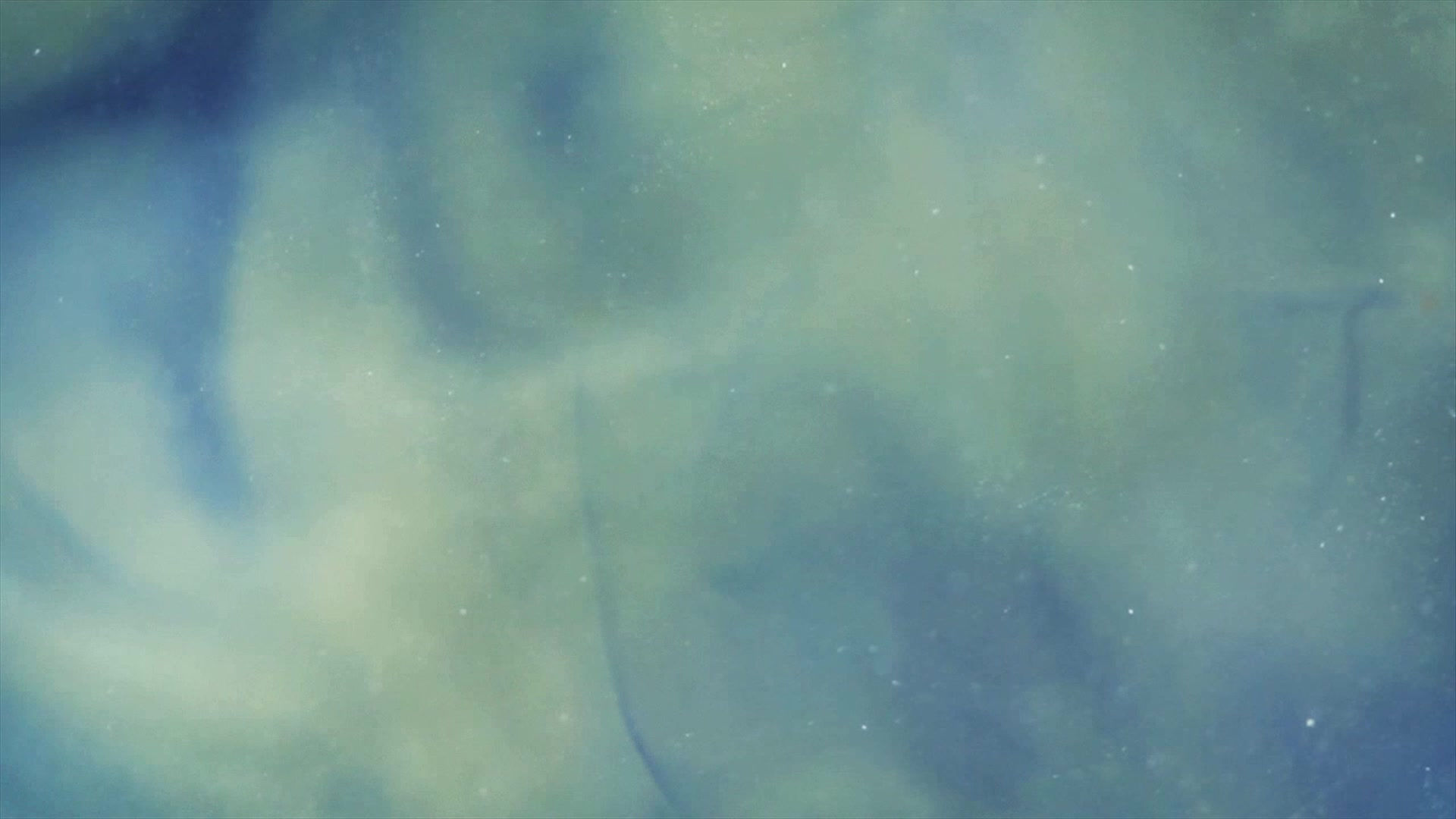Trump Election
- 17amymay.kelley

- Mar 25, 2019
- 3 min read
Updated: Mar 26, 2019
Naturally, newspapers ran with headlines of Trump's election win, some offering much more of a neutral stance to offer audiences an optimism of an new chance at an untainted official role, whereas some newspapers out-right express their dissatisfaction and confusion at the win.

Trump's body language here is very significant, the half-mast victory fist a Symbolic Code of the global uncertainty and Presidential timidness at this large responsibility which strays far from any situation he has previously been captured in. The far-off, concerned stare that doesn't directly address media attention in a way we're accustomed to emulates a sheer unexpectedness to the turn in events that perhaps even he didn't truly anticipate.
However, much like the rest of the cover, the body language is polysemic in the sense that we are enabled to also interpret this as Trump displaying a rare moment of emotional pride in his win, and henceforth he is not being openly mocked, it is instead a conveyance of an exhaustion of his hardwork. This may be because American culture employs a pre-established respect to the Presidential role, even if the man himself isn't respected and thus, we expect his figure to dominate the front page in the way it does, particularly considering his campaign was built on a self-mythologised boldness that became synonymous with his policies such as Make America Great Again.

Similarly, this half-mast thumbs up displays an uncertainty that is perhaps a Referential Code to Ronald Reagan; the link between the two men as not political elites turned President furthers the idea that Stuart Hall suggested that stereotypes are a product of inequalities in power. Here, this is prominent by Trump dominating the front cover as if to literally not give room for any other cultural groups within the spectrum of political elites. This demonstrates just how marginalised ulterior social groups are within the profession, and their absence reinforces the inequality with which they are under represented which supports ideals surrounding hegemony as the prominence of white, middle-class, middle-aged men in politics has become such a recognisable stereotype due to it's systematic/structural proclivity to appear.
Furthermore, the fact he and the flag dominate the cover suggests that Trump is used as an icon, or a backdrop, to democracy and what America cherishes it as. However, this is upstaged by the 'WTF' inclusion that suggests that this stereotype has perhaps gotten out of hand for those suffering from the inequality of power. However, this also suggests that politics does indeed have the aforementioned systematic approach of restoring hegemony after many felt progress was made by their first black President.
Stereotypes surrounding white male patriotism is prevalent here due to Trumps embodiment of the American democratic system, further reinforced by the flag badge on his lapel, which suggests that he has achieved his success in a professional, formal yet traditional way. However, the half-hearted raise of his hand employs a sense of dispassion because he hasn't had to try to fit the stereotypical role he has sought out. This affirmative also suggests that he is logical, a trait inherently perceived as masculine for it's lack of emotional drive, which is something Trump certainly demonstrates here with the reading that he is uncomfortable expressing his pride in his victory, which again hones in on this traditional representation that fulfils a stereotype.




Comments